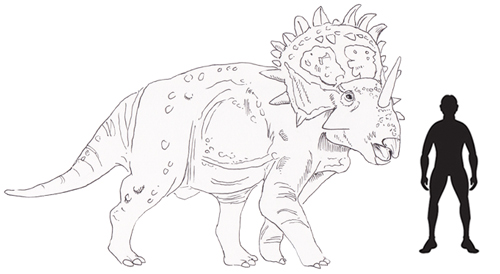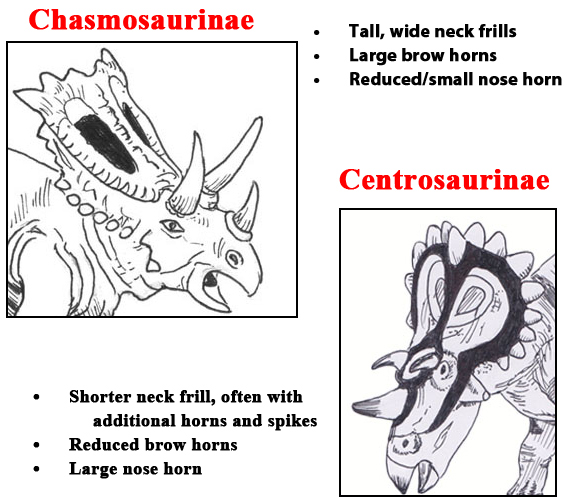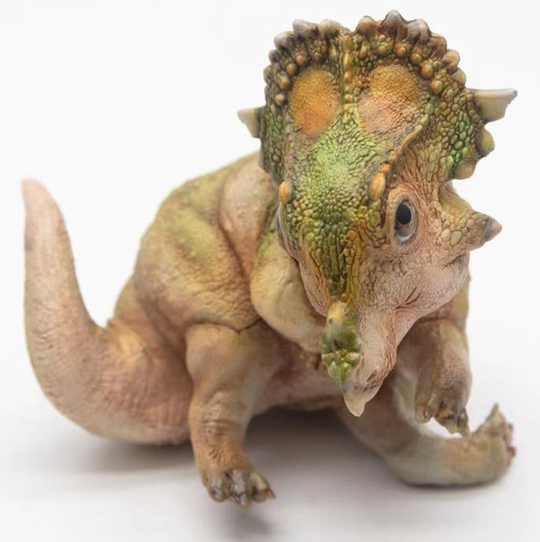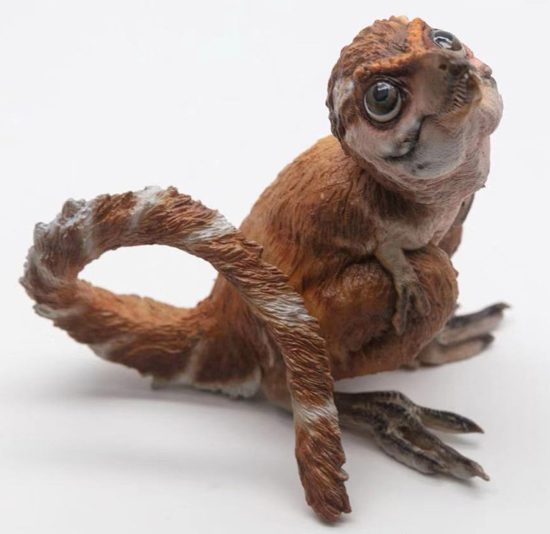Preparing for the New Baby Sinoceratops
Preparing for Sinoceratops
Everything Dinosaur is expecting its latest shipment of PNSO products to arrive at the company’s warehouse in the next few days. The products have cleared customs and inspection and team members are awaiting to hear the scheduled time of delivery from the transport company. The two new for 2020 baby dinosaur figures (young T. rex and the baby Sinoceratops), will be in stock very soon at Everything Dinosaur.
A-Qi the Baby Sinoceratops Figure from PNSO
PNSO Aaron the Baby T. rex Dinosaur Model
To see the range of PNSO figures in stock at Everything Dinosaur: PNSO Prehistoric Animal Models and Figures.
A Sinoceratops Fact Sheet
Just like the vast majority of prehistoric animal models that Everything Dinosaur supplies, we intend to provide a free Sinoceratops fact sheet with the PNSO A-Qi Sinoceratops figure. Our team members have been busy preparing for the arrival of the PNSO figures by researching and writing a fact sheet on the only undisputed ceratopsid known from Asia – Sinoceratops zhuchengensis. Just where within the Ceratopsidae family of horned dinosaurs does Sinoceratops fit remains uncertain. Although classified as a member of the Centrosaurinae, it shares a number of anatomical traits with the chasmosaurs too.
At around six metres in length and weighing two tonnes, it is much larger than other basal centrosaurines, more the size of some of the earliest members of the Chasmosaurinae such as Utahceratops (U. gettyi) from Utah and the geologically older Judiceratops (J. tigris) from Montana.
The Scale Drawing of Sinoceratops (S. zhuchengensis) Prepared for the Everything Dinosaur Fact Sheet

Picture credit: Everything Dinosaur
Splitting the Ceratopsidae – Chasmosaurs and Centrosaurs
The Ceratopsidae family of horned dinosaurs is further divided into two broad sub-families, the Chasmosaurinae and the Centrosaurinae. In general terms, chasmosaurs are distinguished by their long brow horns with reduced nose horns and tall neck frills. The centrosaurs, in contrast, have large nose horns, reduced brow horns and smaller neck frills. As more and more horned dinosaurs have been discovered and described including basal members of each sub-family, this rather simplified approach has fallen out of favour, the anatomical traits between the Chasmosaurinae and the Centrosaurinae becoming somewhat blurred.
Simplified Illustration Defining Ceratopsid Sub-families

Picture credit: Everything Dinosaur
In the scientific paper describing Sinoceratops (Xu Xing et al 2010), the authors commented that the Sinoceratops taxon was considerably larger than most other centrosaurines but similar in size to basal chasmosaurines. In addition, the researchers stated that Sinoceratops is more similar to chasmosaurines than to other centrosaurines in several features, thus blurring the distinction of the two ceratopsid subgroups.
The discovery of the first member of the ceratopsids known from outside North America provided significant information on the morphological transition from non-ceratopsid to ceratopsid dinosaurs, but also complicated the biogeography of the Ceratopsidae family as a whole.
Visit the Everything Dinosaur website: Everything Dinosaur.



